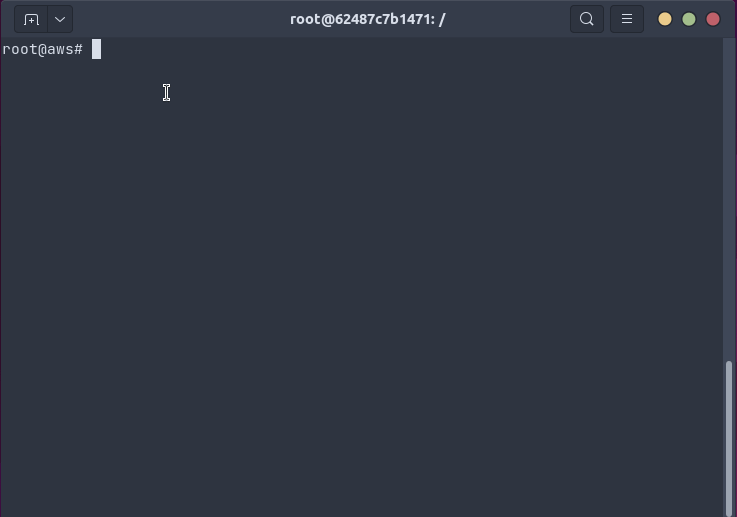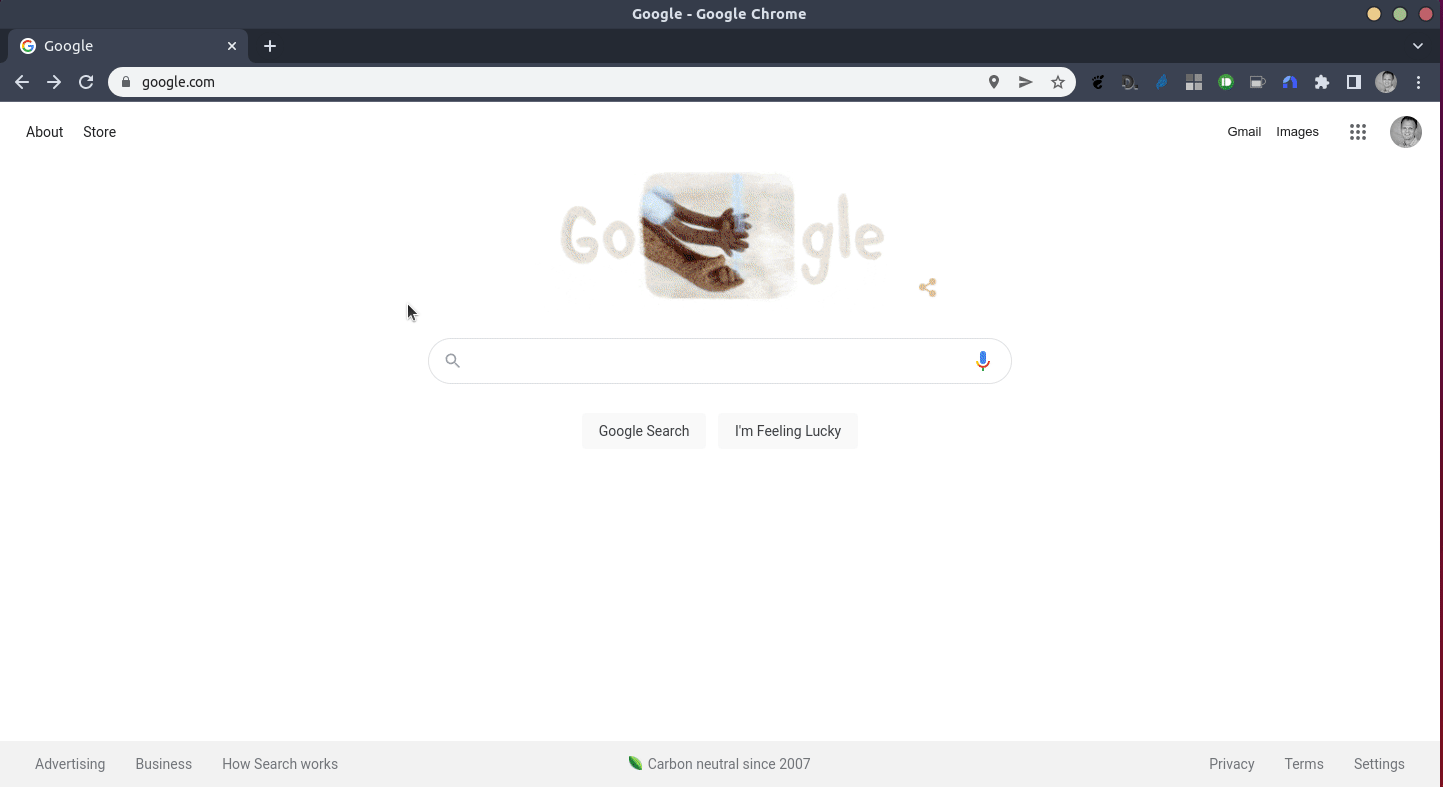
The
Freedom Phone advertises itself as a "Free speech and privacy first focused phone". As documented on the
features page, it runs
ClearOS, an Android-based OS produced by
Clear United (or maybe one of the bewildering array of associated companies, we'll come back to that later). It's advertised as including Signal, but what's shipped is not the version available from the
Signal website or any official app store - instead it's
this fork called "ClearSignal".
The first thing to note about ClearSignal is that the privacy policy link from that page 404s, which is not a great start. The second thing is that it has a version number of 5.8.14, which is strange because upstream went from 5.8.10 to 5.9.0. The third is that, despite Signal being GPL 3, there's no source code available. So, I grabbed
jadx and started looking for differences between ClearSignal and the upstream 5.8.10 release. The results were, uh, surprising.
First up is that they seem to have integrated
ACRA, a crash reporting framework. This feels a little odd - in the absence of a privacy policy, it's unclear what information this gathers or how it'll be stored. Having a piece of privacy software automatically uploading information about what you were doing in the event of a crash with no notification other than a toast that appears saying "Crash Report" feels a little dubious.
Next is that Signal (for fairly obvious reasons) warns you if your version is out of date and eventually refuses to work unless you upgrade. ClearSignal has dealt with this problem by, uh, simply removing that code. The MacOS version of the desktop app they
provide for download seems to be derived from a release from last September, which for an Electron-based app feels like a pretty terrible idea. Weirdly, for Windows they link to an official binary release from February 2021, and for Linux they tell you how to use the upstream repo properly. I have no idea what's going on here.
They've also added support for network backups of your Signal data. This involves the backups being pushed to an S3 bucket using credentials that are statically available in the app. It's ok, though, each upload has some sort of nominally unique identifier associated with it, so it's not trivial to just download other people's backups. But, uh, where does this identifier come from? It turns out that
Clear Center, another of the Clear family of companies, employs a bunch of people to work on a
ClearID[1], some sort of decentralised something or other that seems to be based on
KERI. There's an overview slide deck
here which didn't really answer any of my questions and as far as I can tell this is entirely lacking any sort of peer review, but hey it's only the one thing that stops anyone on the internet being able to grab your Signal backups so how important can it be.
The final thing, though? They've extended Signal's invitation support to encourage users to get others to sign up for Clear United. There's an exposed API endpoint called "get_user_email_by_mobile_number" which does exactly what you'd expect - if you give it a registered phone number, it gives you back the associated email address. This requires no authentication. But it gets better! The API to generate a referral link to send to others sends the name and phone number of everyone in your phone's contact list. There does not appear to be any indication that this is going to happen.
So, from a privacy perspective, going to go with things being some distance from ideal. But what's going on with all these Clear companies anyway? They all seem to be related to
Michael Proper, who founded the
Clear Foundation in 2009. They are, perhaps unsurprisingly, heavily invested in blockchain stuff, while
Clear United also appears to be some sort of multi-level marketing scheme which has a
membership agreement that includes the somewhat astonishing claim that:
Specifically, the initial focus of the Association will provide members with supplements and technologies for:
9a. Frequency Evaluation, Scans, Reports;
9b. Remote Frequency Health Tuning through Quantum Entanglement;
9c. General and Customized Frequency Optimizations;- there's more discussion of this and other weirdness
here. Clear Center, meanwhile, has a
Chief Physics Officer? I have a lot of questions.
Anyway. We have a company that seems to be combining blockchain and MLM, has some opinions about Quantum Entanglement, bases the security of its platform on a set of novel cryptographic primitives that seem to have had no external review, has implemented an API that just hands out personal information without any authentication and an app that appears more than happy to upload all your contact details without telling you first, has failed to update this app to keep up with upstream security updates, and is violating the upstream license. If this is their idea of "privacy first", I really hate to think what their code looks like when privacy comes further down the list.
[1] Pointed out to me
here
comments



 https://github.com/abbbi/trktor
https://github.com/abbbi/trktor



 https://github.com/abbbi/trktor
https://github.com/abbbi/trktor


 . For those who have read this blog, do know that India is and has been in casteism from ever. They even took the fair comment and applied it to all Brahmins. According to them, all Brahmins are fair and hence have god-given right to lord over others. What is called the Eton boy s network serves the same in this casteism. The only solution is those idea under limelight and investigate. To take the above, how does one prove that all fair people are wise and peaceful while all people black and brown are violent. If that is so, how does one count for Mahatma Gandhi, Martin Luther King Junior, Nelson Mandela, Michael Jackson the list is probably endless. And not to forget that when Mahatma Gandhiji did his nonviolent movements either in India or in South Africa, both black and brown people in millions took part. Similar examples of Martin Luther King Jr. I know and read of so many non-violent civl movements that took place in the U.S. For e.g.
. For those who have read this blog, do know that India is and has been in casteism from ever. They even took the fair comment and applied it to all Brahmins. According to them, all Brahmins are fair and hence have god-given right to lord over others. What is called the Eton boy s network serves the same in this casteism. The only solution is those idea under limelight and investigate. To take the above, how does one prove that all fair people are wise and peaceful while all people black and brown are violent. If that is so, how does one count for Mahatma Gandhi, Martin Luther King Junior, Nelson Mandela, Michael Jackson the list is probably endless. And not to forget that when Mahatma Gandhiji did his nonviolent movements either in India or in South Africa, both black and brown people in millions took part. Similar examples of Martin Luther King Jr. I know and read of so many non-violent civl movements that took place in the U.S. For e.g.  Just read this, beautifully
Just read this, beautifully 
 The seventeenth release of
The seventeenth release of  The following contributors got their Debian Developer accounts in the last two months:
The following contributors got their Debian Developer accounts in the last two months:
 Debian continues participating in Outreachy, and we're excited to announce that
Debian has selected two interns for the Outreachy May 2022 - August 2022 round.
Debian continues participating in Outreachy, and we're excited to announce that
Debian has selected two interns for the Outreachy May 2022 - August 2022 round.


 The
The  Raspberry Pi computers require a piece of non-free software to boot
the infamous
Raspberry Pi computers require a piece of non-free software to boot
the infamous
 Before anything else: Go visit the
Before anything else: Go visit the

 Uhm yeah, so this shirt didn t age well. :) Mainly to recall what happened, I m once again revisiting my previous year (previous edition:
Uhm yeah, so this shirt didn t age well. :) Mainly to recall what happened, I m once again revisiting my previous year (previous edition: